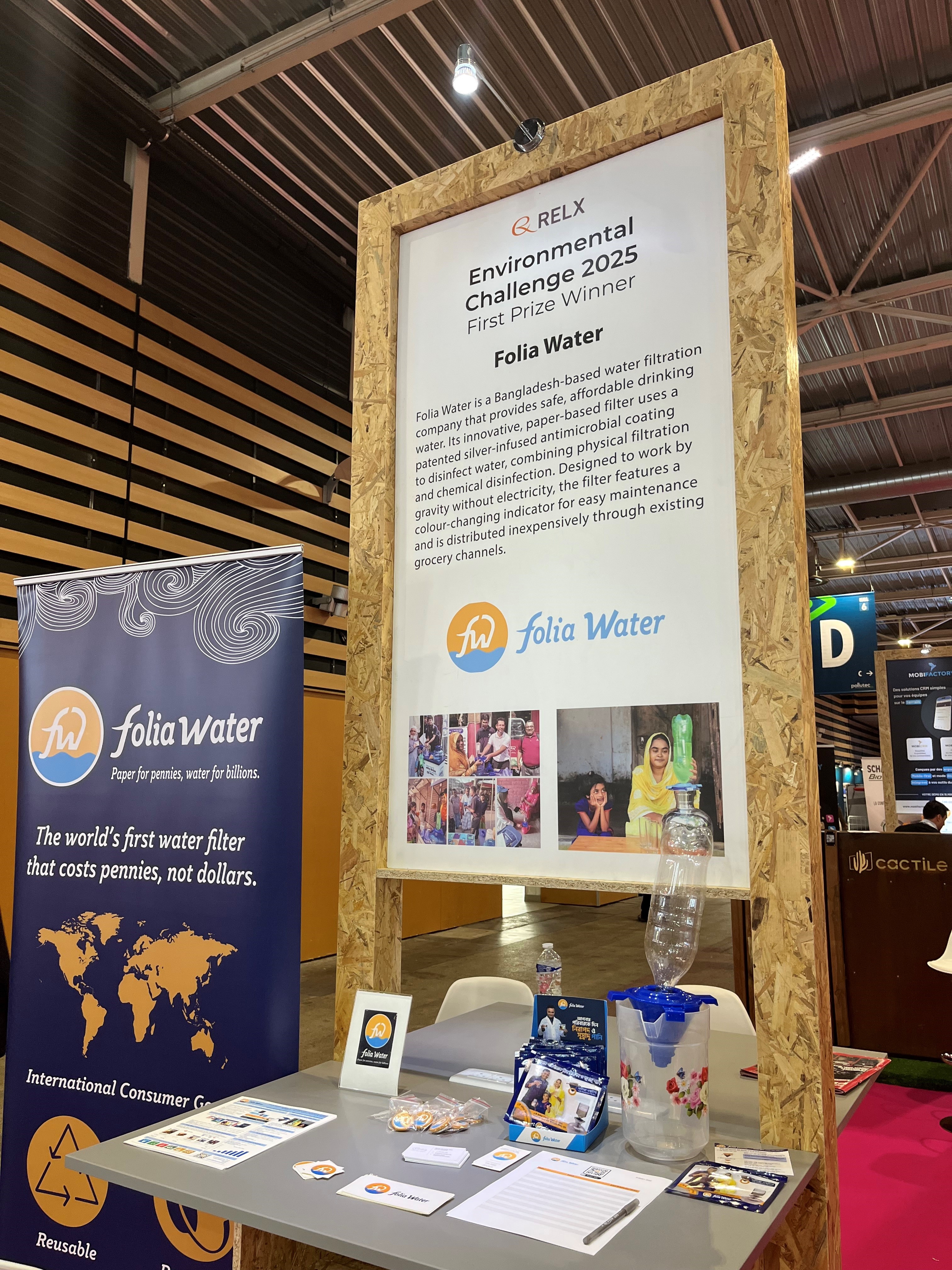Learn about the history of the ADAM Program and get a behind the scenes look at the new Interactive Missing Children Dashboard. This article demonstrates the power of the ADAM Program in locating missing children, relating to SDG 16, Peace, Justice and Strong Institutions. The ADAM Program is the result of a 25 year partnership between LexisNexis Risk Solutions and the National Center for Missing & Exploited Children (NCMEC).
Chemical Engineering Journal, Volume 522, 15 October 2025
Journal of Environmental Chemical Engineering, Volume 13, October 2025
Neuroscience, Volume 585, 15 October 2025
Matter, Volume 8, 1 October 2025
Land Use Policy, Volume 157, October 2025


